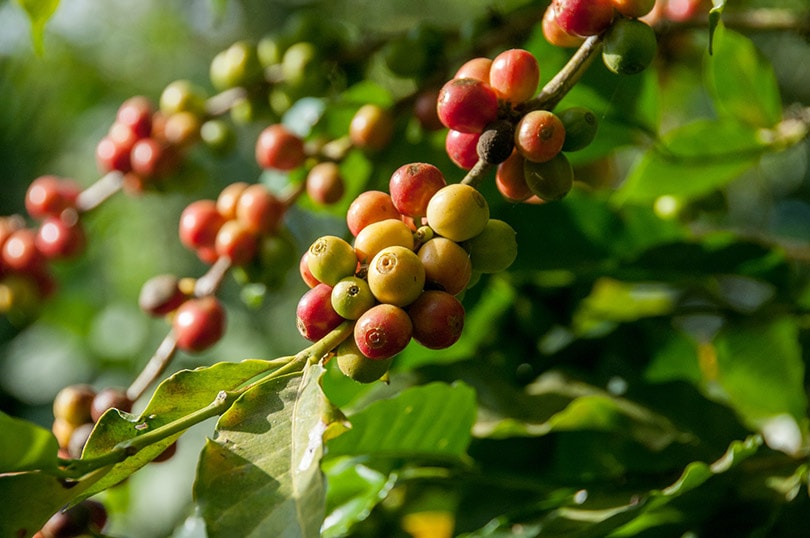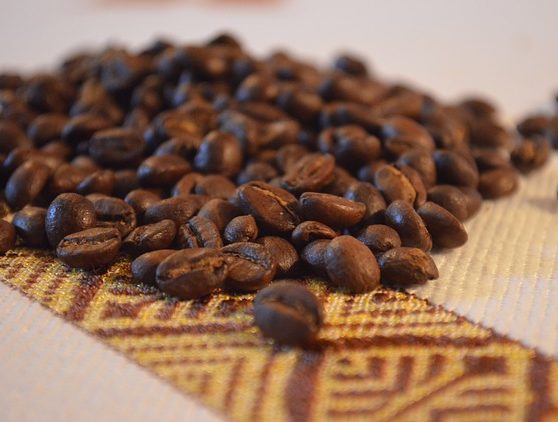
If you are a coffee fanatic, like a large portion of the world, then you may have already tasted a fragrant cup of Honduran coffee. However, if you haven’t, then you need to.
Many coffee drinkers out there have tried Colombian and other coffee blends but have never even heard of Honduran coffee. Unfortunately, if you’re one of those coffee drinkers, then you’re missing out.
Honduras is actually high-ranking when it comes to its coffee exports and is one of the top coffee producers on the planet today. In addition, Honduran coffee boasts a wide variety of tasting notes and flavors and is more widely accessible than you might think.
Whether you’ve tried Honduran coffee or not, you might be interested in learning about the history, tasting notes, and more. Read on!

A Brief History of Honduran Coffee
Coffee production in Honduras started in 1894, but it was not a massive production at the time. Coffee production is an investment that doesn’t pay off for many years, and most small farmers can’t afford to wait that long. Even with that, however, the coffee roots in Honduras had been planted and would soon start to spread.
By the 1900s, Honduras was exporting a little over 54,000 pesos worth of coffee beans that they were growing. However, it wasn’t until 1949 that the roads were fixed, making it easier to get coffee out of the fields to export. After that, more roads were built, and others expanded, which made coffee exporting a whole lot easier.
Honduras suffered a setback in 1998 when Hurricane Mitch wiped out at least 80% of their coffee production, making it incredibly hard on small farmers—not to mention the general devastation the country faced.
In 2011, Honduras received a high achievement when they were named Central America‘s highest coffee producer. In addition, they were also named the second-highest producer of washed Arabica coffee, which is quite an achievement for this small country.
That brings us to modern times. Since 2011, Honduras has managed to become one of the top-ranking coffee-producing countries in the world today.

Honduras Coffee Regions Explained
As with any coffee, the way it tastes is going to be directly correlated to the region in which the coffee is grown. So, in this section, we’ll go into the coffee regions of Honduras.
Agalta
The growing season in this region is from December to March, and it has a tropical climate. This coffee makes for a superb after-dinner coffee as it has tasting notes of caramel, chocolate, and tropical fruit. The coffee also features a chocolate scent that most coffee drinkers will adore.
Copan
Copan runs along the border of Guatemala, and the coffee is grown at elevations of 1,000 to 1,500 meters. The tasting notes you’ll find in this coffee are robust flavors with just a hint of chocolate in a balanced blend.
Comayagua
Comayagua’s harvest season falls between December and March. It can be found in the heart of Honduras. The flavor of this coffee comes with a bit of acidity and a sweet taste that has citrus undertones. This coffee blend has some of the highest quality and offers a creamy body.

El Paraiso
This region has the lowest production of Honduran coffee in the region. It also reaches an altitude of 1,400 meters at its highest. The flavors of the coffee that comes from this region are citrusy with a sweet scent. While it is acidic and soft-bodied, you can expect a bit of an aftertaste after a cup of coffee grown in this region.
Opalaca
Opalaca produces coffee that has an acidic taste and features strong aromas. With that being said, the flavors are excellent and have a tropical fruit flavor combined with berries and grapes.
Montecillos
This is the region that is the highest producer of coffee in Honduras. The sweet fruity flavors of this coffee are fragrant with peaches and just a hint of orange. It also features a velvety body and strong acidity.

What Are the Growing Conditions for Honduran Coffee?
If you know anything about the growing conditions for coffee in Costa Rica, then you pretty much already know about the growing conditions in Honduras. Malnutrition, poverty, and weather are a few of the problems that Hondurans struggle with, and coffee is mostly grown on small farms.
Coffee rust and hurricanes are some of the biggest threats to coffee crops, and both of these can eliminate entire crops as well.

How Is Honduran Coffee Processed?
The most common method of processing this coffee is called wet processing. It’s also called washing coffee beans. This method is used to quickly remove the fruit before it starts to dry. While the process leads to various yummy flavors, it also uses a lot of water, which can have a negative impact on the environment.
What Does Honduran Coffee Taste Like?
As previously mentioned, this coffee’s tasting notes and flavors vary by region. You can expect a velvety to soft body, semi-acidic tastes, and everything from tropical and fruity to chocolate flavors and scents when you dig into a cup of this fragrant and delicious brew.

Honduran Coffee: Final Thoughts
This is just a brief history of Honduran coffee, where it’s grown, and the tasting notes and flavors you can expect when you try the different blends. Have you ever had a cup of Honduran coffee from any of these regions? What did you think?
RELATED READ: All About Timor Coffee: History, Flavors, & Brewing Tips
Featured Image Credit: Per Bengtsson, Shutterstock















